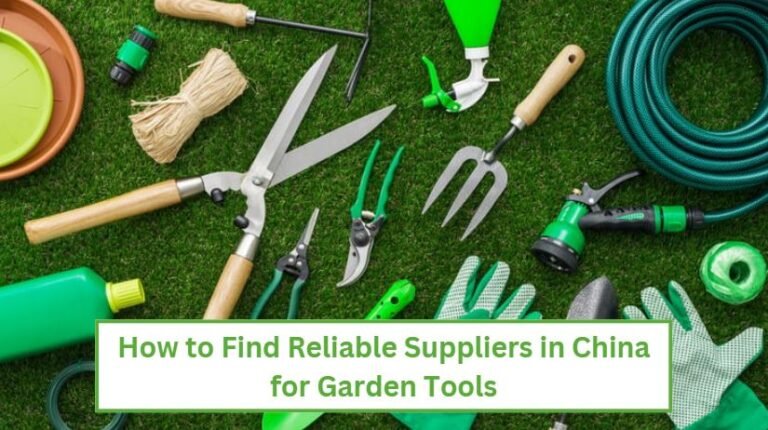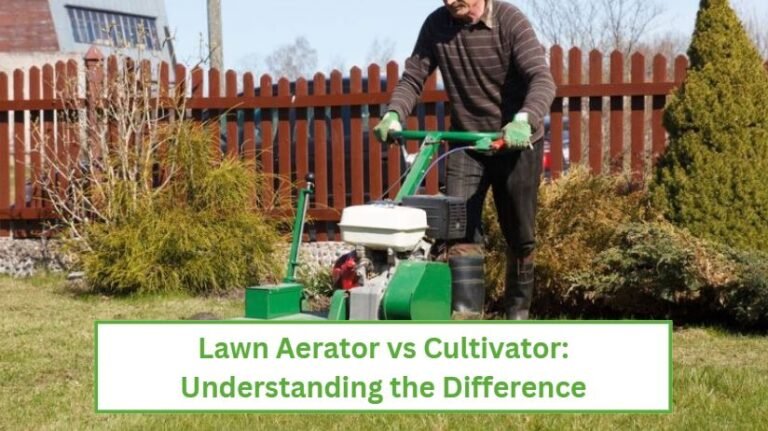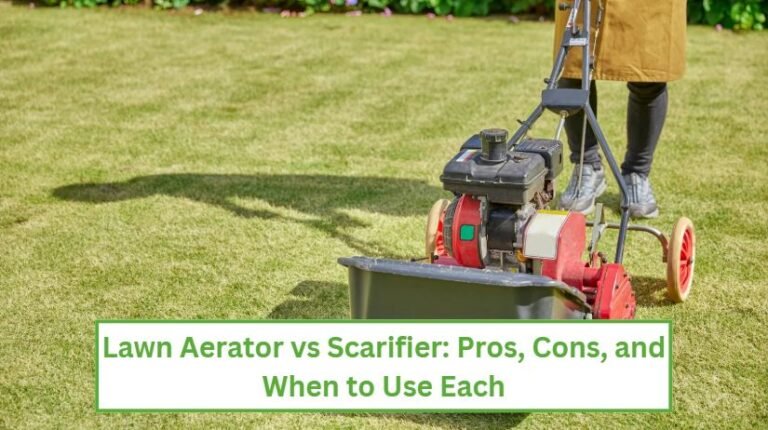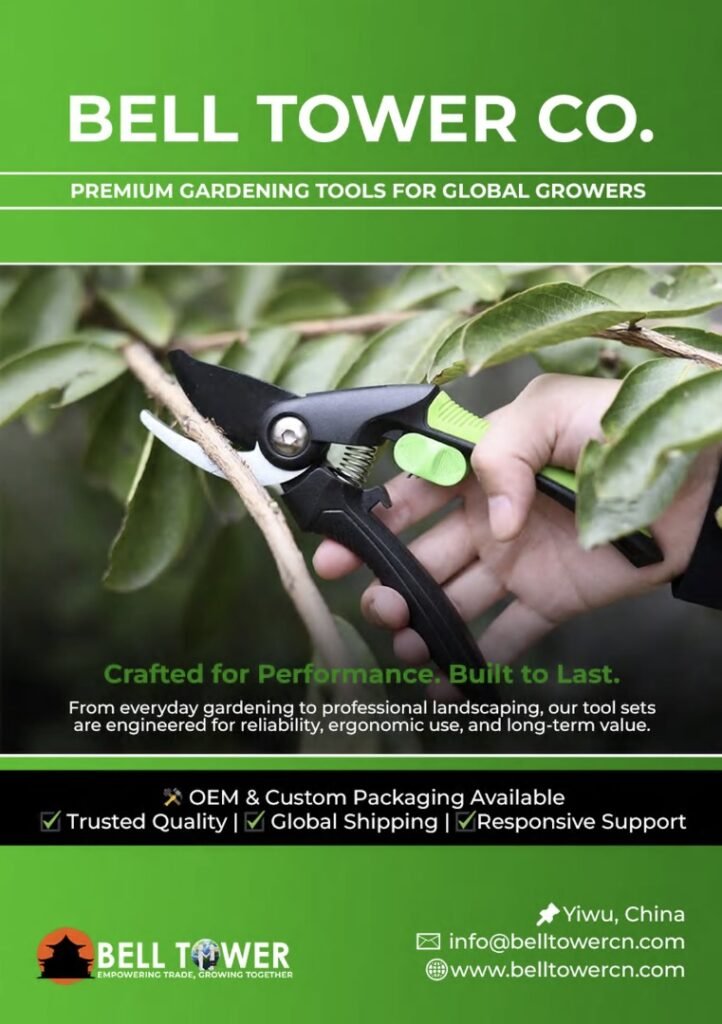Arthritis causes stiffness, joint pain, and inflammation, which often shows up in the hands, knees, hips, and back.
This can be a problem if you’re an enthusiastic gardener. Activities like gripping tools, repeated bending, and kneeling can aggravate the symptoms.
Still, gardening can actually be helpful for arthritis when done carefully. Light movement keeps joints flexible, promotes circulation, and strengthens your muscles.
Beyond these physical benefits, smart gardening provides stress relief and a sense of accomplishment, boosting your overall well-being.
How Should You Prepare Before Gardening?
If you have arthritis, take gardening as a gentle exercise. Just like you’d stretch before a job, it helps to prepare your joints and muscles before taking on gardening tasks.
- Warm up your joints: Roll your shoulders, stretch your hands and wrists, and take a short walk
- Dress smart: Wear supportive shoes, sun protection, and padded gloves that cushion your fingers
- Set limits: Break gardening into short sessions. Aim for 15 – 30 minutes, then rest
What Tools Make Gardening Easier with Arthritis?
Gardening effectively with a condition like arthritis comes down to picking the right tools to start with.
Old, heavy tools can strain your joints and muscles, whereas ergonomic options can make tasks much easier.
Therefore, look for tools that are:
- Lightweight: Steel tends to be heavier than aluminum and fiberglass tools
- Ergonomic: Go for curved or padded handles to reduce stress on your wrists and fingers
- Long-handled: These extend your reach, so you don’t have to kneel or bend as often
- Adaptable: The goal with adaptable garden tools is to bring the garden to your waist height. So go with raised garden beds, container gardens, and vertical planters
How Can You Protect Your Joints While Gardening?
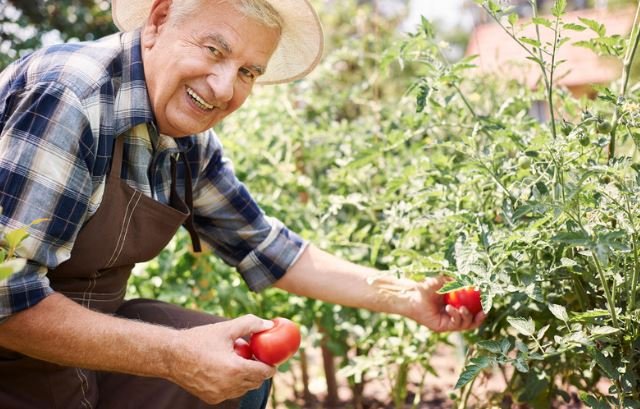
The way you move while working in your garden matters as much as the tools you use, if not more.
Using the right techniques and being careful can help avoid flare-ups and keep you active for longer. Here are a few tips:
- Mind your posture: Use your hips to bend, not your waist. This will protect your back.
- Alternate positions: Avoid sitting or standing for too long; switch your position so that you’re not stuck in one posture
- Use supports: Garden stools, kneelers with handles, and padded cushions all help reduce joint strain
As you start working, listen to your body and adjust your working routine accordingly.
What Gardening Techniques Work Best for Arthritis?
You don’t have to stick to old manual ways of gardening to reap the benefits. Many modern techniques can make your life easier, especially if you have mobility issues or arthritis.
- Raised beds: These eliminate the need for constant bending and make weeding and planting easier
- Container gardening: Pots and planters placed at table height are perfect for herbs, vegetables, and flowers
- Mulching: A thick layer of mulch suppresses weeds and locks in moisture, reducing maintenance
- No-dig gardening: Instead of tilling or digging, build up soil with compost and mulch to keep your beds healthy with less effort
- Self-watering systems: Drip irrigation or self-watering planters save you from lugging heavy watering cans
Get Our Free e-book: The Tools and Techniques Every Gardener Needs to Know About
What Plants Are Best for Arthritis-Friendly Gardening?
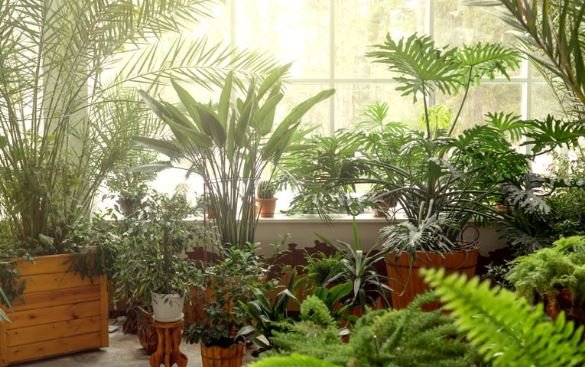
The plants you choose to grow in your garden can make things more manageable for you. Here are some low-maintenance options:
- Perennials: Plants like hostas, lavender, and peonies come back year after year, reducing replanting work
- Herbs: Basil, rosemary, and thyme thrive in containers and provide fresh flavor with little upkeep
- Ground covers: Creeping thyme or sedum suppress weeds while adding greenery.
- Vegetables Easy growers like lettuce, cherry tomatoes, and peppers thrive in raised beds with minimal fuss
How Do You Manage Pain While Gardening?
Pain doesn’t have to be a part of the gardening process. If you plan ahead, you can completely eliminate it.
- Time it right: Garden in the morning or evening when it’s cooler and your body feels fresher
- Take breaks: Every 20–30 minutes, stand up, stretch, and hydrate
- Use heat and cold therapy: Warm compresses before gardening loosen stiff joints, while ice packs afterward reduce swelling
- Try natural relief: Gentle hand massages or topical creams may help. Always check with your doctor before adding new treatments
How Can You Keep Gardening for Years to Come?
The secret to long-term gardening success and avoiding arthritis concerns? Adapting your strategy to your specific needs.
- Set realistic goals: Focus on smaller projects that bring joy rather than overwhelming yourself with large-scale tasks
- Ask for help: Gardening with friends, family, or neighbors turns it into a social activity. You can also ask for help when needed
- Adapt your garden: Use technology in your favour: Raised beds, vertical gardens, and easy-care plants. They can reduce strain
- Stay positive. Arthritis may slow you down, but it doesn’t take away the pleasure of watching something you planted thrive
Frequently Asked Questions

Does Gardening Help Arthritis?
Yes. Gentle gardening can improve flexibility, strengthen muscles, and reduce stress. The key is to pace yourself and use arthritis-friendly tools and techniques.
What Activities Should Be Avoided in Arthritis?
Avoid heavy lifting, repetitive high-impact movements, and long periods of kneeling without support. Anything that causes sharp or lasting pain should be modified or skipped.
Can Too Much Walking Make Arthritis Worse?
Moderate walking is helpful, but excessive walking, especially on hard surfaces, can aggravate arthritis. If pain increases, scale back and rest.
How Do I Know If I’m Pushing My Joints Too Hard?
If you experience sharp pain, swelling, or stiffness lasting more than 24 hours, you’ve likely overdone it. Take breaks and adjust your routine.
Conclusion
Gardening with arthritis takes a little more planning, but it’s absolutely possible. With the right tools, joint-friendly techniques, and smart plant choices, you can keep nurturing your love for the garden without unnecessary strain.
Even if you work in short bursts, the joy of tending to plants, breathing fresh air, and seeing life grow is worth every effort. Arthritis may shape the way you garden, but it doesn’t have to stop you from enjoying it.

